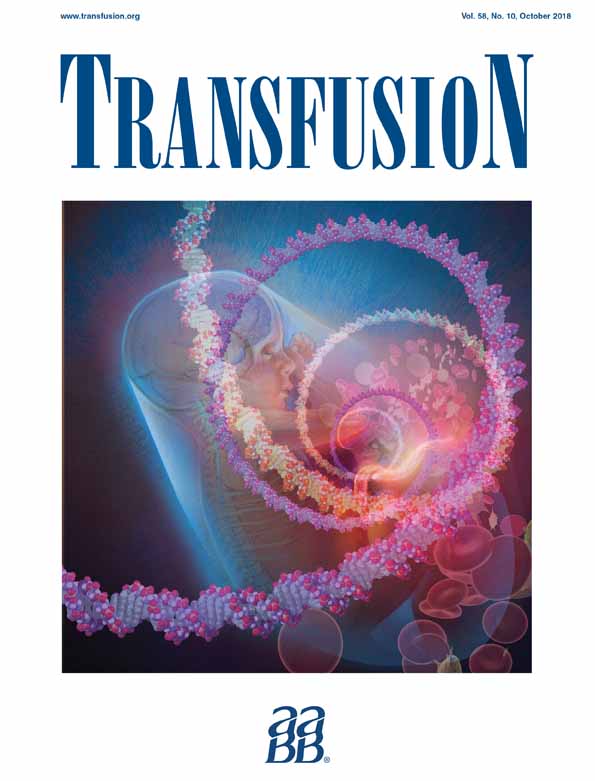The role of social media for blood donor motivation and recruitment
Abstract
BACKGROUND
Social media platforms have become an important lifestyle aspect. Therefore, we implemented communication via social media platforms to recruit new donors and to motivate repeat donors. Here, we report a survey among donors of our blood donation facility to evaluate the impact of different strategies for donor motivation from the donors’ perspective.
STUDY DESIGN AND METHODS
During 8 consecutive weeks, all whole blood donors were asked to participate. The survey consisted of a questionnaire including the demographic items sex, age, number of prior donations, and 14 potential motivators for blood donation. Social media included the items “Facebook” and “Jodel” (German local mobile application).
RESULTS
Of 3320 consecutive donors, 2920 (88%) participated in the survey. Social media motivated 7.4% of our donors, among them mainly young and female donors. For first-time donors (FTDs; n = 157) the three strongest motivational factors were friends and/or relatives (73%), social media (15%), and “I do not need additional motivation” (11%). Repeat donors (n = 2693) most often stated that they do not need additional motivation (72%) and only 7% were motivated by social media.
CONCLUSION
Social media have become the second most important motivator to recruit FTDs beside relatives and friends who are by far the main motivators for FTDs. For repeat donors, social media play a less important role. Social media are becoming increasingly important for transfusion services.
CONFLICT OF INTEREST
The authors have disclosed no conflicts of interest.




